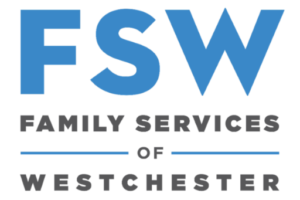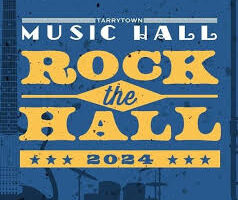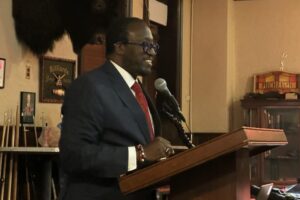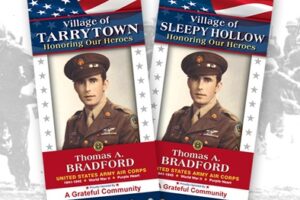Imagine going into a store and whipping out a Tarrytown ten dollar bill to pay for your groceries. Or maybe a five from Elmsford or a one from Sing Sing would be offered.
These bills would be accepted gladly, for they were real money issued by a nationally chartered bank and were as good as gold, literally. If you went to The First National Bank of Tarrytown or the Tarrytown National Bank, they would give you honest gold coin for their bills. Back then gold coins actually did circulate as currency. A cousin up from the city might proffer a bank note from the Ninth National Bank of New York while a visitor from out west might have a bill from Cave City, Kentucky or Grass Range, Montana. Billions of dollars of this home town money circulated throughout the nation.
A reasonable question to ask is how did this situation come about? During the Civil War, the government needed money. Far more money than existed in coin. What coinage was in circulation was being hoarded, so they started printing greenback paper money. Still, there was a need for gold. To get the banks to fork over gold, it was decided that for every dollar in gold that the banks loaned to the Treasury they would get a 3% bond and the right to issue eighty cents in their own currency. The First National Bank of Tarrytown was organized and shipped off $130,000 in gold, and got back a shipment of $107,500 dollars in 1, 2, 5, 10, 20 dollar bank notes. This was the 364th Bank to be chartered. In all, this bank would issue a little under $230,000 in local currency. Interestingly, the first bank ever to be chartered was a Philadelphia bank owned by our soon-to-be-neighbor, Jay Gould of Lyndhurst.
The FNB of Tarrytown lasted until 1878, and went into receivership. The cause is lost in dusty archives, probably a string of bad loans. The currency issued was recalled and redeemed in greenbacks or gold. $1,712 of the loot was never redeemed.
In 1882 the Tarrytown National Bank was formed. This bank proved to be better run than the First National Bank. It would issue close to a million and a half dollars in currency in $5, $10, and $20 denominations. Due to design changes, part of these bills would be issued with a brown back to distinguish them from Federal bills. Another design change and issue of bills in 1902 would return the color of the back to green. 1902 was the year that Irvington got a National Bank too. It would issue 5 and 10 dollar bills. That same year the FNB of Sing Sing would change its name to the FNB of Ossining, a less quirky name. Elmsford would get its own bank in 1926 and there would be a small issue of $5 bills.
The portraits and designs on the bills were far different than those of today. The actual bills were about a third larger than our current bills. The first bills issued in the 1860s through the early 1880s had beautiful allegorical designs. The face of the early 2 dollar bill had a horizontal numeral 2 on it, hence was known as a "lazy two." The 1902 series bore the portraits of Benjamin Harrison ($5), William McKinley ($10), and Hugh McCulloch ($20). There were larger denominations issued, up to the $1000 denomination, but not locally. With an eye toward saving money the government reduced the size of all currency to the current size in 1928. The old big bills were recalled. The new bills were very similar to the bills that circulated up to a decade ago. Of course they still had the issuing bank’s name and charter number on them.
After a string of bank failures during the Great Depression of 1929 the government decided to eliminate this relic of the past and standardize the currency. Federal Reserve Notes would come to be the only currency in circulation. Happily for collectors, not all of the old banknotes made it back to the Treasury to be destroyed. Thousands of these bills are unaccounted for. While many were destroyed due to accidents, some still survive. Only two of the bills issued by the long defunct FNB of Tarrytown are known. If you come upon one in your attic, you can actually spend it. However, it might not be wise to do that for these pieces of obsolete currency are worth far more than face value to collectors. According to Gary Perieti of Long Island Numismatics, a dealer in these rare old bills, the large-sized ones range in value from hundreds to thousands of dollars, depending on their condition and rarity. One Tarrytown five recently sold for over ten thousand dollars. Even the newer small bills are worth at least a hundred dollars. Should you stumble upon one you are the proud owner of a valuable piece of historical home town money.







